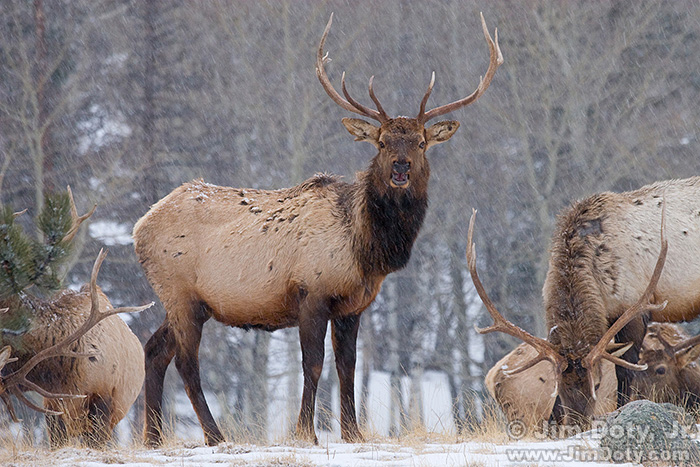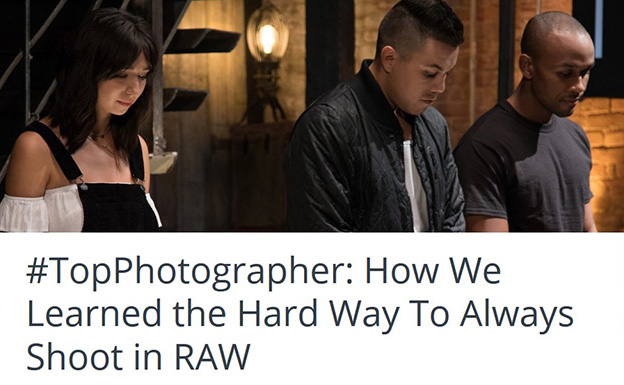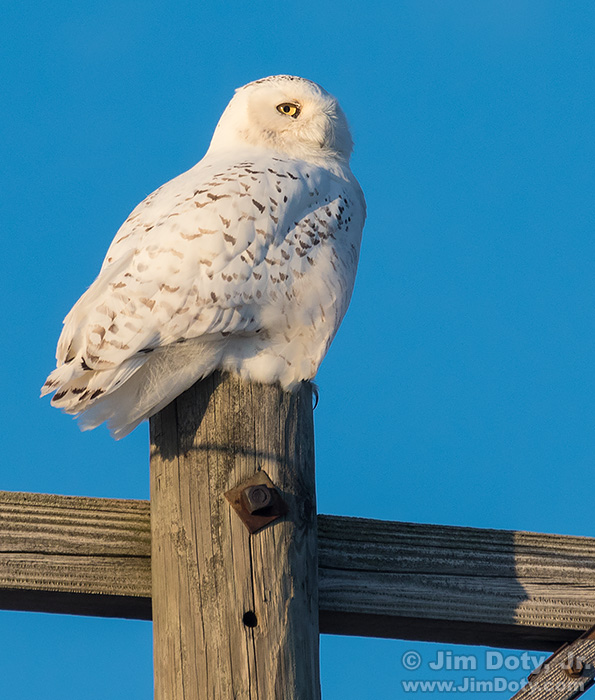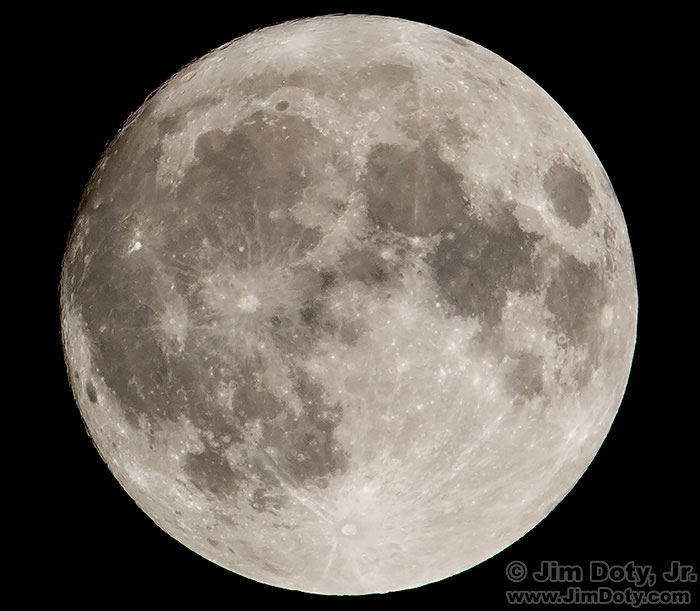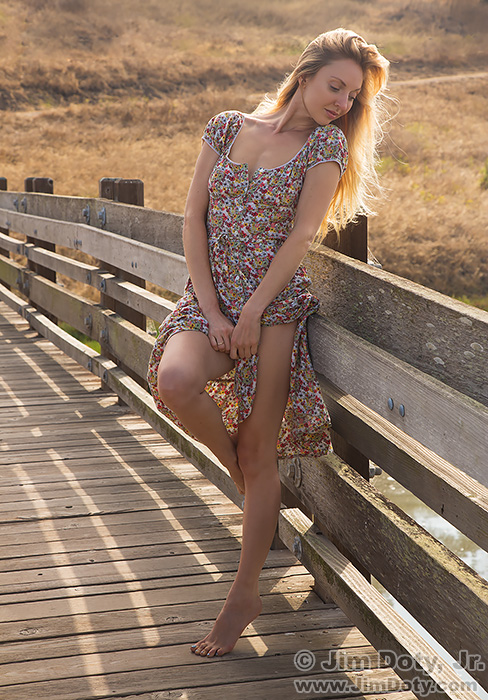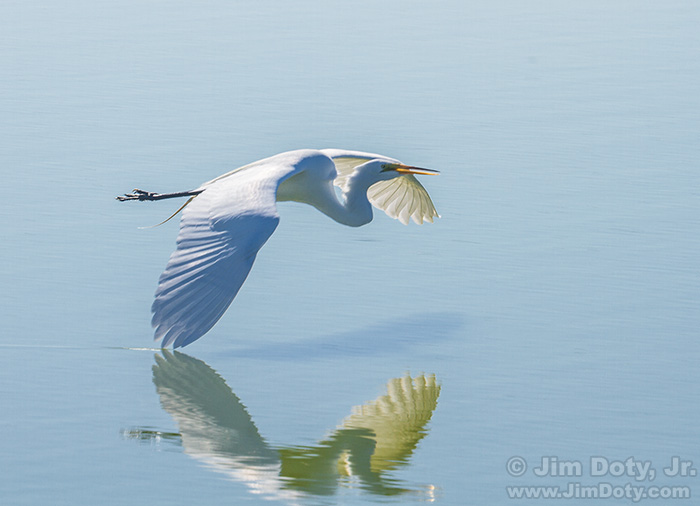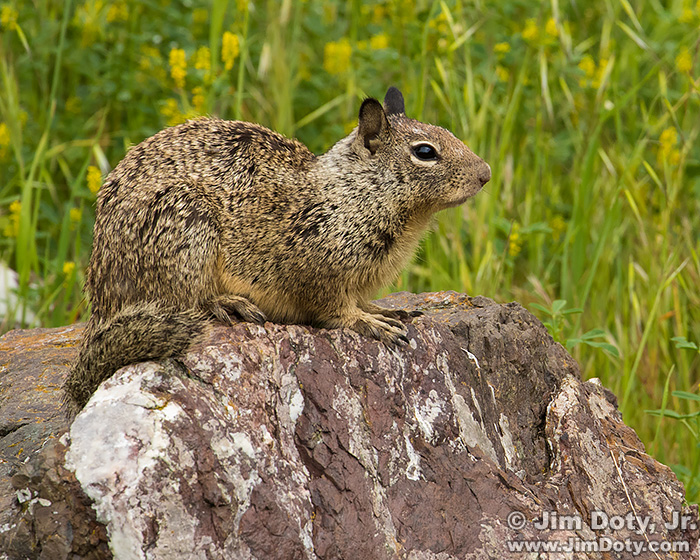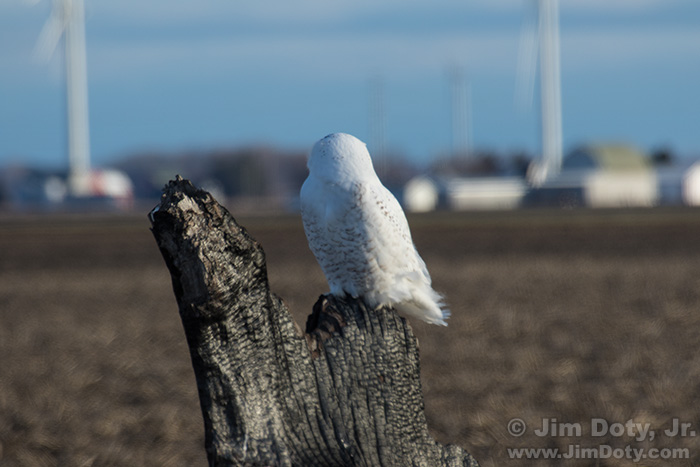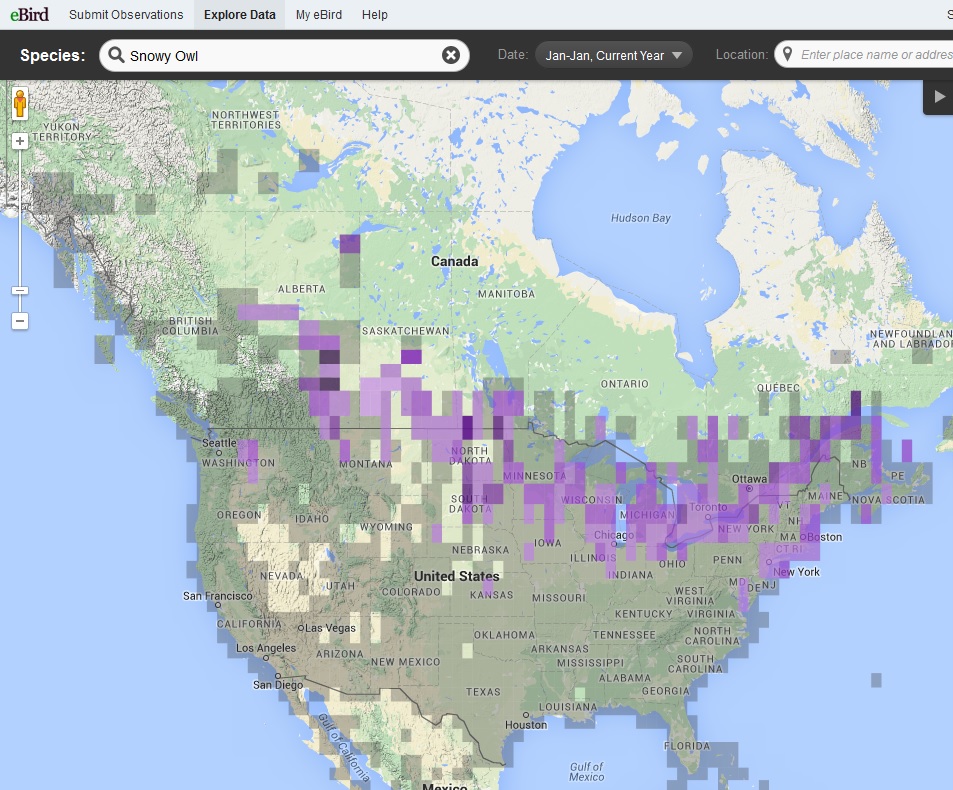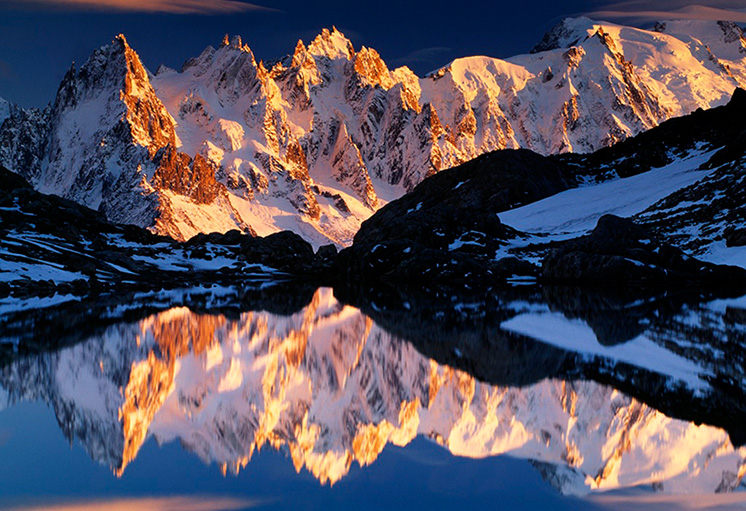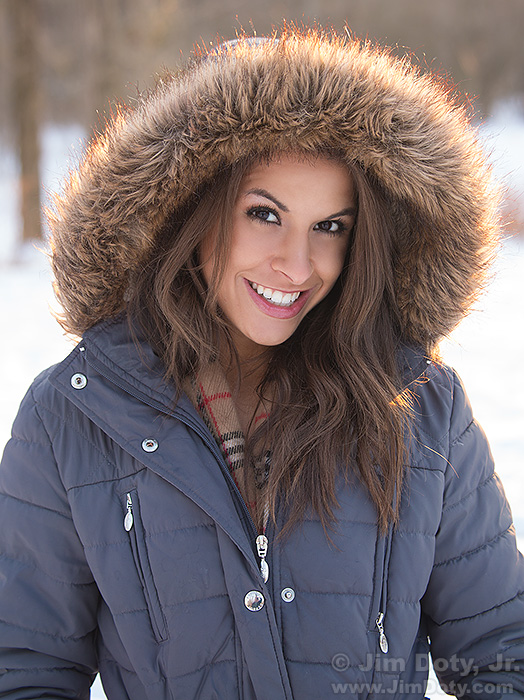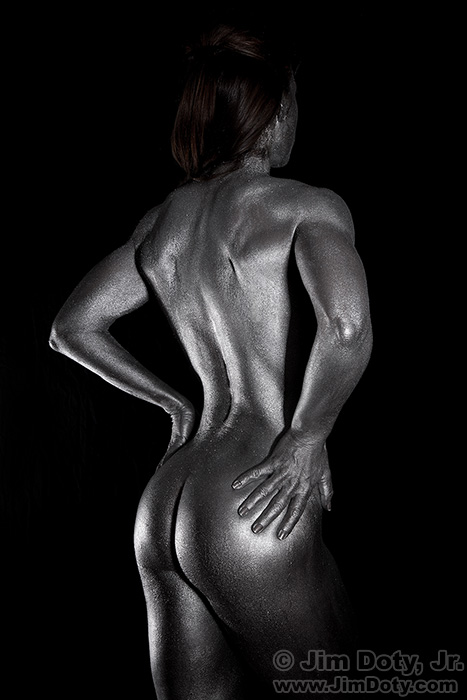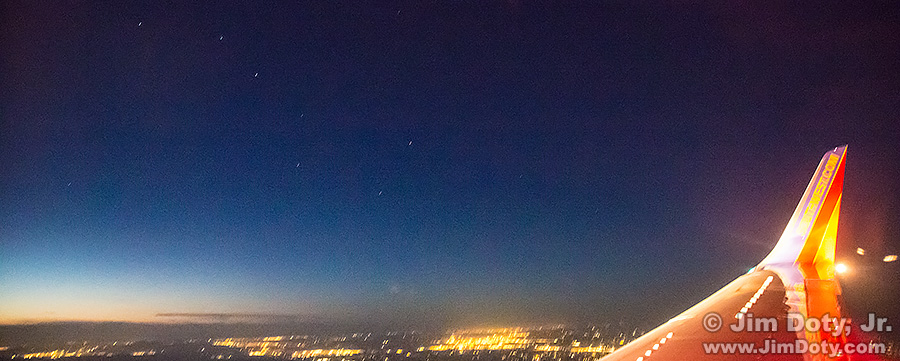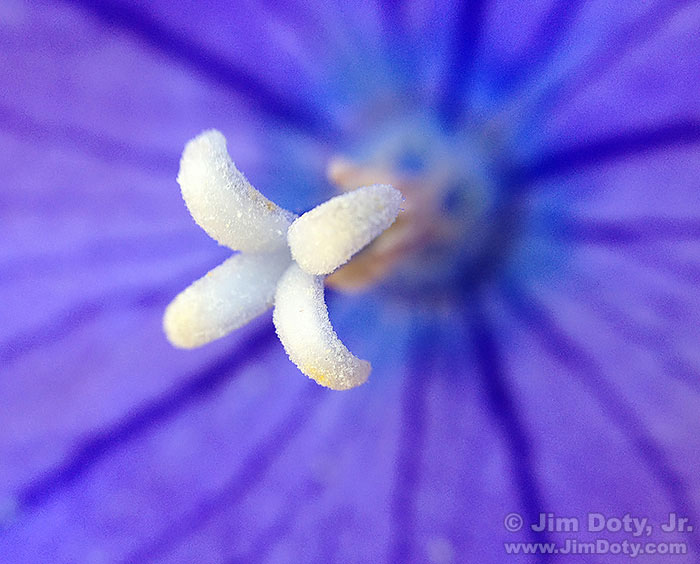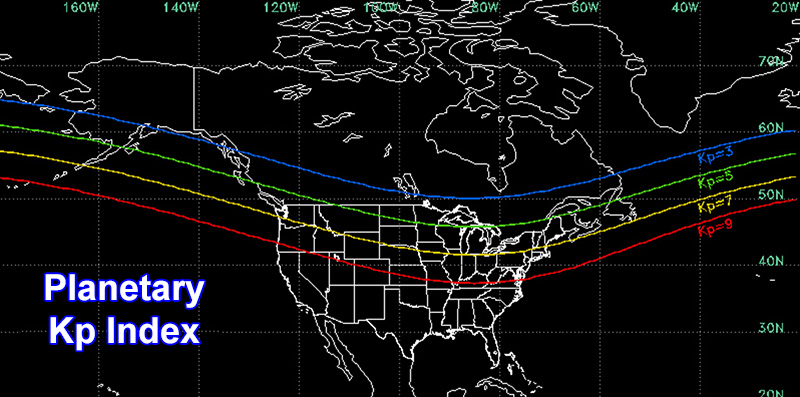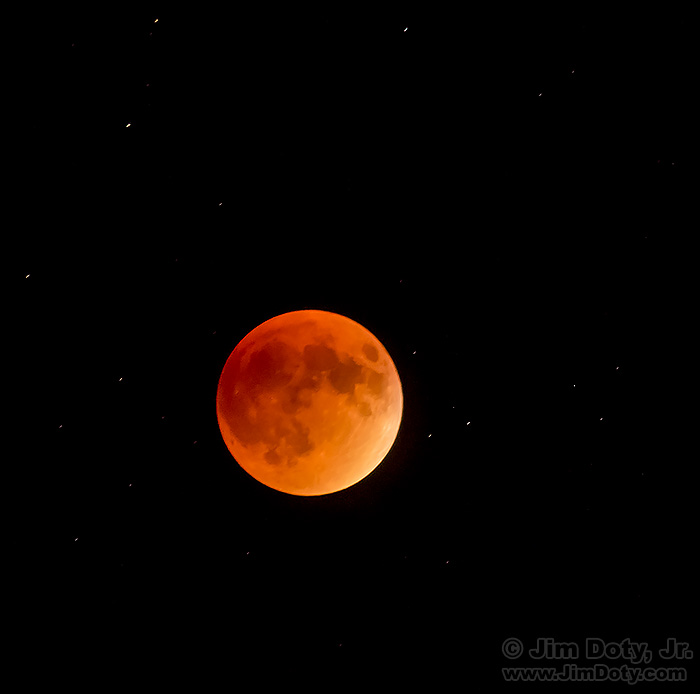You would think a windchill of 4° Fahrenheit (-16°C) would be too cold for a photo shoot, but not with some models. We booked this January shoot weeks in advance so we knew it would be cold, but we had no idea how cold until the day arrived. Here’s the story behind this image and how to work with a model when it is so cold.
Category Archives: Techniques
Metering Wildlife in the Snow, Part One
Metering dark toned wildlife in the snow is a major exposure challenge. It is usually best to avoid large “burned out” areas (washed out, featureless white) in a nature or landscape photograph, but with properly exposed snow, the wildlife can be so dark as to lose all texture. On other hand, metering for the wildlife can burn out the snow. So what do you do?
“How To” Series: Winter Photography
In addition to all of the usual photographic challenges, winter provides some extra complications, especially in terms of metering. So I began my series of articles on winter photography. I am in the process of revising and updating this series. I am also revising some related articles and adding new ones. Check out the links below. The articles will help you meet the unique challenges of winter photography. So get out there, have fun, and create some great winter images!
Another Reminder to Shoot in RAW
Roxy, one of the competitors in Top Photographer with Nigel Barker messed up and shot JPEG files in a once in a lifetime situation. Barker took her to task, waved his finger at her and said “Bad Photographer!” Why? Because RAW files have so many advantages over JPEG files.
The Snowy Owls are Back!
One of the great things about winter is the return of the Snowy Owls. They are now back in the far northern U.S.
Using the Histogram to Check Studio Flash Exposures
When using studio flash units, usually the best way to check your exposures is to use an incident light meter which is capable of metering flash exposures. But what if you don’t have an incident flash meter? Or what if you have a subject that absorbs a lot of light? Or a subject that reflects a lot more light than your typical photographic subject? You can double check your exposure settings by using the histogram on your camera. FYI: Do not trust the LCD image on the back of your camera to judge your exposures.
How to Photograph the Super Moon
November 13-14, 2016 is a Super Moon. For many people this is the biggest super moon in their lifetime. Go out and look Sunday night, early Monday morning (before moonset), or Monday night.
POTD: Tiana Outdoors
If you are out hiking and a beautiful woman asks you to take her picture, you should probably says yes!
How to Be A Better Wildlife and Nature Photographer
When I posted this photo on one of my Facebook pages, a friend posted this comment:
“I LOVE this egret photo!!!!!!!!!!!!!! Look at the right wing trailing in the water. How DO you capture these?!”
That is an excellent question.
California Ground Squirrel: How to Use Your Car as a Blind
To most wildlife, humans on foot look like predators. Cars do not. Staying in your car and driving through a photo rich environment is the start of great plan, but there are some other things you need to do for this plan to work.
How To Get Critical Focus in “Live View” Mode with a Magnified Image
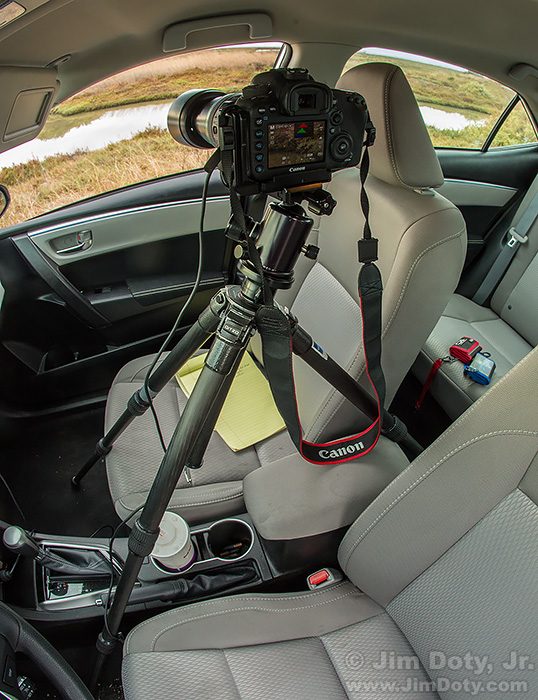
Tripod mounted camera in live view mode. The image is visible on the LCD along with the RGB histogram.
“Live View” mode is a huge boon to digital photographers and magnified focus is one of the reasons why. Focusing this way is more accurate than the camera’s autofocus modes, at least with non-moving subjects, and you will have sharper images. Landscape photography is the usual time to use this technique but sometimes it works for wildlife.
First Night: Testing an iOptron SkyTracker, Part Two
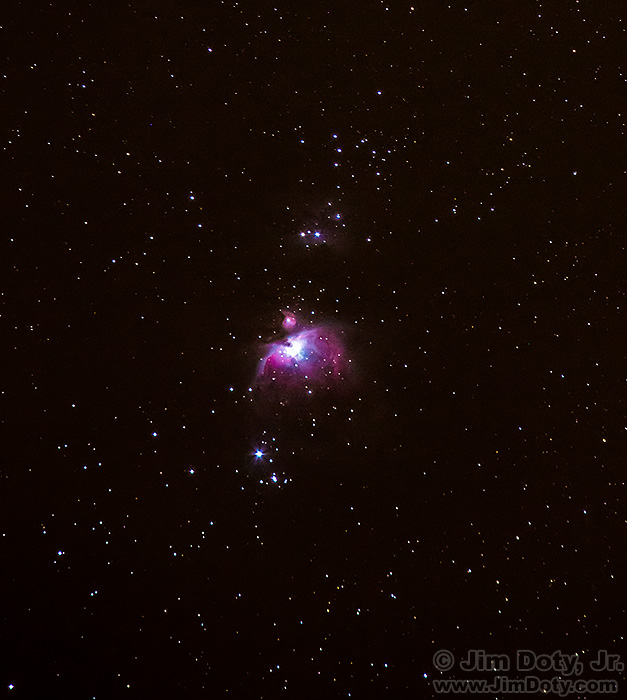
Orion Nebula and Nebula NGC 1977. Three minute exposure with a 300mm lens and camera mounted on an iOptron SkyTracker. This is cropped from a larger image.
After a one minute exposure using the iOptron SkyTracker (see the photo in part one), I tried a 3 minute exposure with the same 300mm lens to create the image above (which is cropped from a larger image which you can see below). The Orion Nebula (M42 and M43) shows up quite well and you can even see some of the nebulosity of NGC 1977 just above the Orion Nebula around the 5th magnitude stars Orionis 42 and 45. The iOptron StarTracker is an impressive piece of equipment.
Posted March 17, 2016. Updated Dec. 5, 2017
“How To” Series: Snowy Owl Photography
If there are cold enough temperatures and plenty of snow cover on the ground, the northern United States has a winter invasion of Snowy Owls. These are magnificent creatures and well worth your photographic time and attention. This series is filled with tips on how to find and photograph snow owls.
Snowy Owl Photography: Control the Background for Better Images
A simple change of background can turn a disappointing wildlife photo into a great one. Professional wildlife photographers think about backgrounds all the time and do everything they can to improve the background. Less experienced wildlife photographers are so excited to find an interesting creature that they give the background precious little thought.
How to Photograph a Nude Model in the Snow
It is difficult enough to create a beautiful nude image under normal circumstances, much less in the cold and snow. You need to bring some significant skills and experience to the task.
How to Find and Photograph Snowy Owls
Winter is your opportunity to photograph Snowy Owls. When it is cold and snowy there are a lot of snowy owl sightings across the northern U.S. Don’t delay. If the winter turns warmer the owls will head farther north. On the other hand, if the winter turns colder they may move even farther south.
This is the first in an ongoing series of articles on Snowy Owl photography. Originally posted January 25, 2016. Revised and updated Dec. 24, 2017.
How To Work With A Model When The Windchill is 4°
You would think a windchill of 4° Fahrenheit (-16°C) would be too cold for a photo shoot, but not with some models. We booked this January shoot weeks in advance so we knew it would be cold, but we had no idea how cold until the day arrived. Here’s the story behind this image and how to work with a model when it is so cold.
Retouched Images: Super Excited Clients Make My Day!
Lori sent me some extended family group photos (I was not the photographer) and asked me to retouch them. I had to add a person to one photo and do some face swapping between some of the photos. The goal was to do it in such a way that you couldn’t tell I added a person and swapped faces.
Art Wolfe – Don’t Miss Your Chance To Download This Free Photography Video
Art Wolfe is a world class photographer. If I could pick only 5 photographers to go out and shoot with, Art would be on that list. His work is stunning. I own several of his books, some for inspiration and some for “how to” information. So I jumped at the chance to get his 30 minute video, “Ten Deadly Sins of Composition”.
“How To” Series: Winter Photography
In addition to all of the usual photographic challenges, winter provides some extra complications, especially in terms of metering. So I began my series of articles on winter photography. I just finished revising and updating the series. I also revised some related articles and added new ones. They are all linked below. They will help you meet the unique challenges of winter photography. So read the articles, get out there, have fun, and create some stunning images!
This series is updated every year in January. The January 2017 update is here.
Metering Wildlife in the Snow, Part One
Metering dark toned wildlife in the snow is a major exposure challenge. It is usually best to avoid large “burned out” areas (washed out, featureless white) in a nature or landscape photograph, but with properly exposed snow, the wildlife can be so dark as to lose all texture. On other hand, metering for the wildlife can burn out the snow. So what do you do?
Metering People in the Snow
The white snow in a winter scene can and often does fool a camera meter into underexposing a portrait, so here are the steps to take to get the right exposure. I throw in a few portrait suggestions too.
POTD: In A Back Alley, Part 2 (Fill Flash)
Last August I was in a back alley taking pictures against this brick wall. I liked the location and decided to come back and shoot here again. In August the light was pretty even. This time I needed to make some fill flash decisions.
How to Create a Stacked Image of the Night Sky
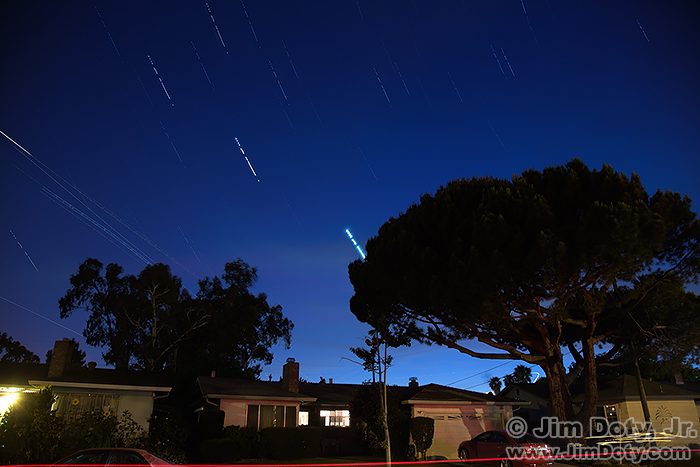
Venus, Jupiter, stars, and airplane lights. Fremont, California. 27 separate images stacked together. Click to see a larger version.
It is a handy thing to know how to stack multiple night sky images into one photo. It allows you to create one stacked image covering a long period of time (using multiple photos) when it is not possible to make one long exposure of the night sky. What is a stacked image? Several images taken over a period of time which are combined to create one image fro the whole time period. This tutorial will show you how to create one.
Photo Shoot: Sarah in Silver Metallic Body Paint
Sarah is a professional fitness trainer (and one of my favorite clients) and we get together once or twice a year to create images. Several months ago we planned our next photo shoot and picked a date this fall.
How to Photograph Stars from a Plane
Theoretically, it is difficult if not impossible to photograph stars from a moving plane. And for most flights that is true. Star photography usually means a steady tripod (on the ground, of course), exposures that are around 15-30 seconds in length, and an ISO around 400-1600 depending on the amount of sky fog at your shooting location. That just won’t work on a plane. Plus most plane rides are just too bumpy or unsteady, not to mention engine vibrations that are transmitted through the airframe. But it can be done with just the right conditions.
Create Great Yard and Garden Photos With A Camera Phone
Fall is in the air and it isn’t too late to grab your camera phone and take some pictures in your garden. Here are some tips for creating some memorable photos. All of the images in this article were created with an iPhone 4S, which means more recent iPhones and Android phones should be capable of doing everything you see in this article (plus one simple accessory for a few of these photos). Continue reading
October 7-8: Photograph the Northern Lights Tonight!
The planetary Kp index tonight (October 7 into the early hours of October 8) is projected to be 7. That is one of the highest readings in months. If you live north of the yellow line on the map above, your odds of seeing the Northern Lights are good. Of course you need clear, dark skies. That means little or no clouds, no moon, and you need to be far away from big city lights.
The “Super Blood Moon” Lunar Eclipse
Sunday evening, September 27, I was leading a photography workshop in Rocky Mountain National Park. We were in pursuit (along with half the rest of the world) of the eclipse of the “Super Blood Moon”.
POTD: The Maroon Bells by Moonlight
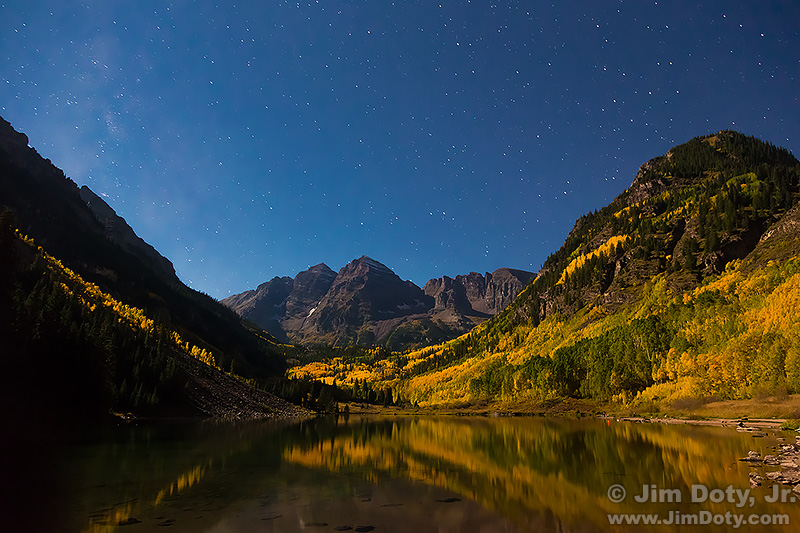
The Maroon Bells and Maroon Lake by Moonlight with the Milky Way. Colorado. Click to see a larger version.
The Maroon Bells deserve their reputation as one of the best photo locations in the state of Colorado, especially in the fall. They look just as spectacular by moonlight. It is an added bonus if you get a hint of the Milky Way in the frame (left side of the image). It won’t be as sharp and defined as on a dark night without the moon, but it will be there.


